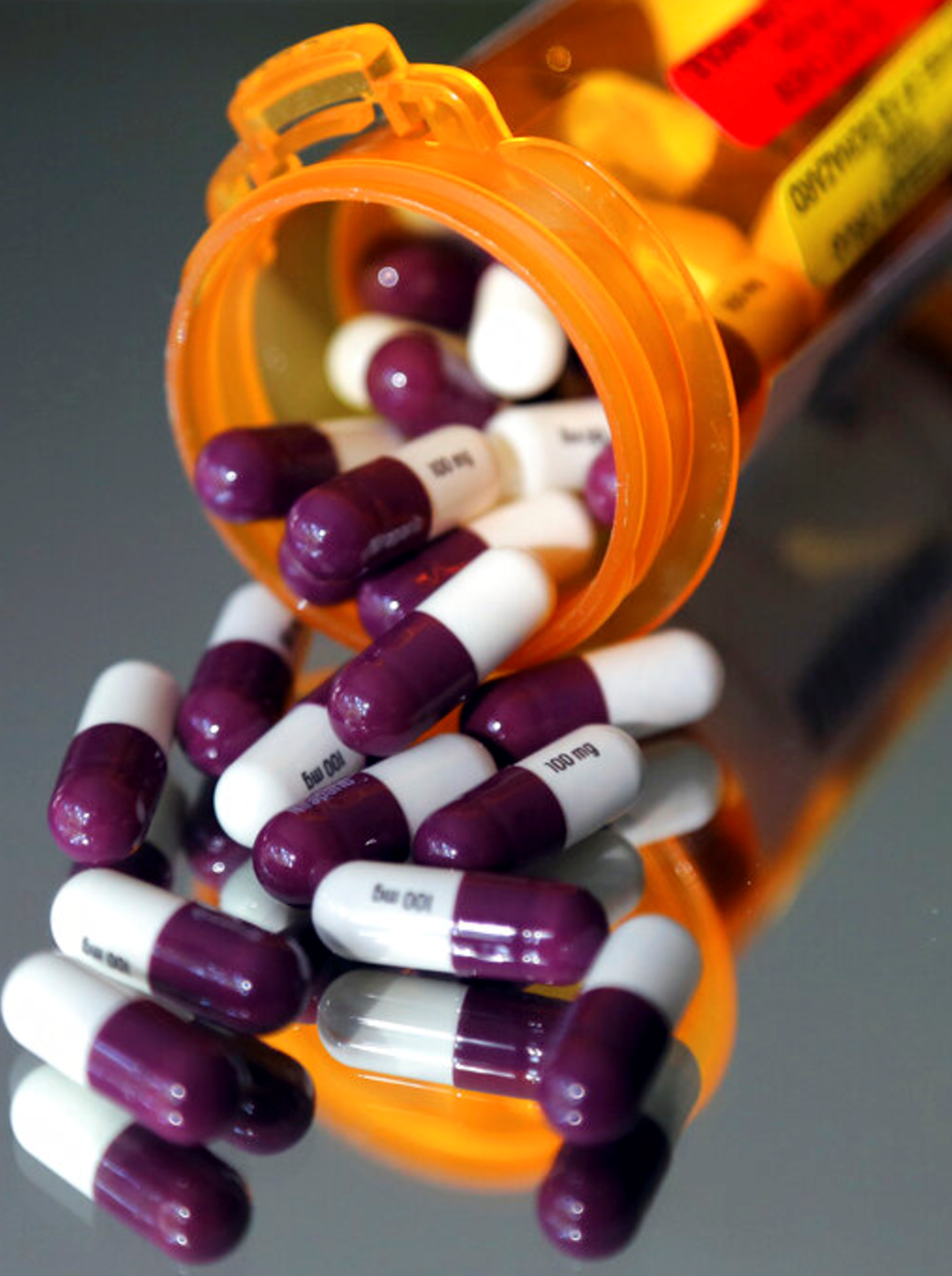Coming into the springtime we need to be conscious of the medications that our drivers will be using to deal with a wide variety of illnesses they try to treat with over-the-counter medications. In addition, as managers of commercial drivers, we need to be aware of the prescription medications that our drivers are taking as they may have a direct effect on their driving skills and operation of a CMV. Prescription medications have increased substantially in the last 50 years. In 1950, on average each person had two prescriptions dispensed per year. In 1994, 7.9 was the average and in 2009 it increased to 12.6. It is also alarming to see that Hydrocodone, an opiate-based painkiller, was the largest single prescription dispensed in 2004 at 92.7 million prescriptions. Incidentally, this is one of the five drug groups that are tested for in the FMCSA Controlled substance-testing program.
- Communicate with the drivers and be aware of their physical condition. If you know that a driver has been injured on or off work, talk to the driver to see if medications have been prescribed.
- In work-related injuries, make sure the examining physician is aware that the employee operates a CMV as part of their entire job. Go to the examining physician’s office with your employee.
- Contact your Medical Review Officer for your drug and alcohol-testing program for assistance in reviewing the prescription medication.
- Anti-anxiety medication
- Amphetamines
- Barbiturates
- Stimulants
- Narcotic pain medications
- Allergy medicines
- Blood sugar medicines
- Antidepressants
- Tranquilizers
- Blood pressure medicines
- Motion sickness medication
- Ulcer medication
- Antibiotics
- Anti-seizure medicines
- Paregoric
- Anti-nausea medicine
- Sedatives
- Cough syrups
- Alcohol-containing medicines
- Caffeine-containing medicines
- Decongestants
DOT Issues Guidance on Use of CBD by Commercial Vehicle Drivers
DOT Issues Guidance on Use of CBD by Commercial Vehicle Drivers
Is CBD on the rise?
CBD sales in the U.S. hit $4.6 billion in 2020, a massive number just two years after hemp-derived cannabinoids were federally legalized. This growth is only expected to accelerate, with two notable forecasts projecting a U.S. market of $15 billion to more than $20 billion by 2025 and 2024, respectively.
The Office of Drug and Alcohol Compliance and Policy of the U.S. Department of Transportation has issued a guidance document on the use of products containing Cannabidiol (“CBD”) by truck drivers and other workers in safety-sensitive positions.
The guidance indicated that in the 2018 Farm Bill, Congress removed hemp from the definition of marijuana under the Controlled Substances Act. Under the Farm Bill, hemp-derived products containing a concentration of up to 0.3% tetrahydrocannabinol (“THC”) are not controlled substances. THC is the primary psychoactive component of marijuana. Any product, including CBD products, with a concentration of more than 0.3% THC remains classified as marijuana, a Schedule I drug under the Controlled Substances Act.
Further, the DOT stated it is important for all employers and safety-sensitive employees to know:
- The Department of Transportation requires testing for marijuana and not CBD.
- The labeling of many CBD products may be misleading because the products could contain higher levels of THC than what the product label states. The Food and Drug Administration (FDA) does not currently certify the levels of THC in CBD products, so there is no federal oversight to ensure that the labels are accurate. The FDA has cautioned the public that: “Consumers should beware purchasing and using any [CBD] products.” The FDA has stated: “It is currently illegal to market CBD by adding it to a food or labeling it as a dietary supplement.” Also, the FDA has issued several warning letters to companies because their products contained more CBD than indicated on the product label.
- The Department of Transportation’s Drug and Alcohol Testing Regulation, Part 40, does not authorize the use of Schedule I drugs, including marijuana, for any reason. Furthermore, CBD use is not a legitimate medical explanation for a laboratory-confirmed marijuana positive result. Therefore, Medical Review Officers will verify a drug test confirmed at the appropriate cutoffs as positive, even if an employee claims they only used a CBD product.
It remains unacceptable for any safety-sensitive employee subject to the Department of Transportation’s drug testing regulations to use marijuana. Since the use of CBD products could lead to a positive drug test result, Department of Transportation-regulated safety-sensitive employees should exercise caution when considering whether to use CBD products.









